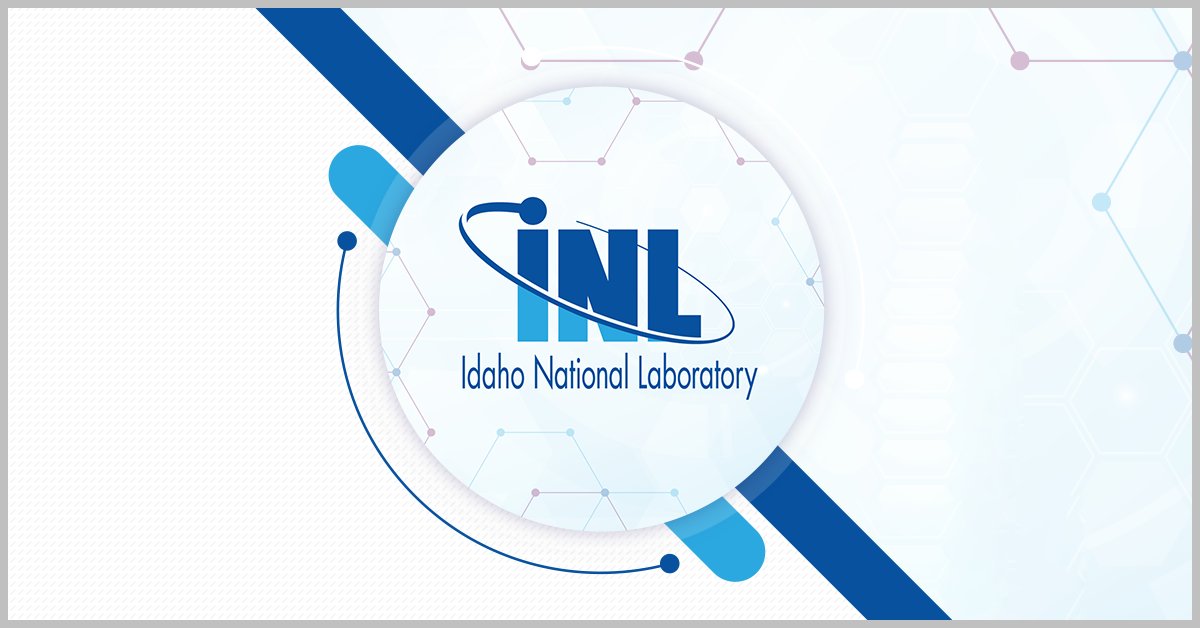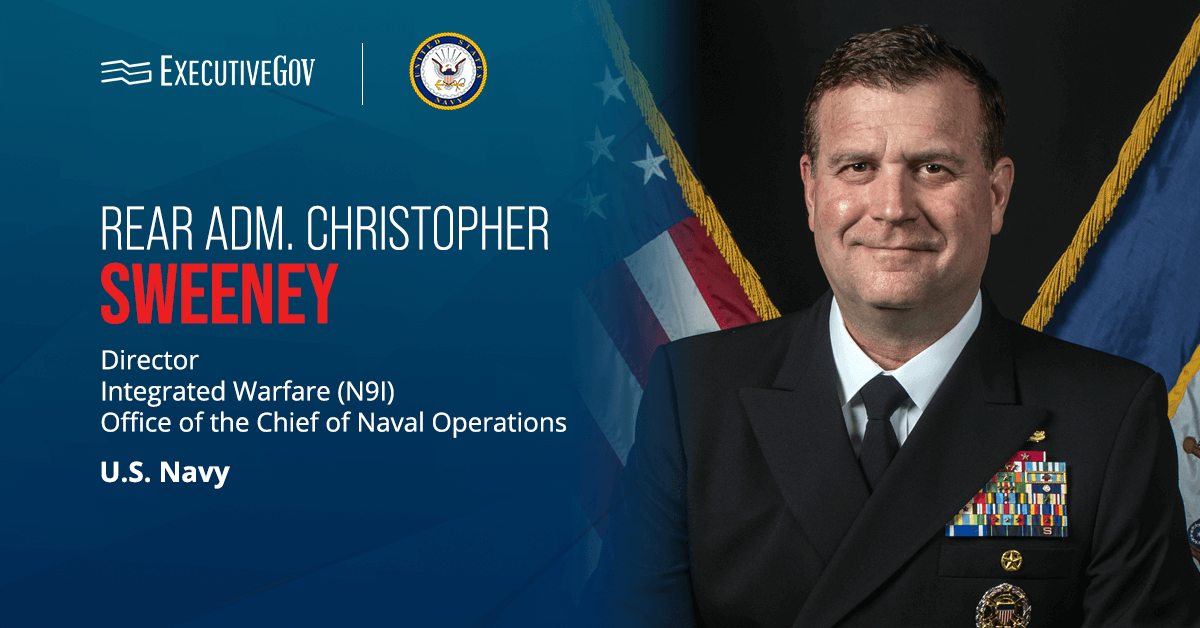Idaho National Laboratory has partnered with Boise State University and the University of Idaho to enhance research and development on advanced energy and cybersecurity.
The national laboratory said Wednesday it signed five-year Strategic Understanding for Premier Education and Research, or SUPER, agreements with both universities to collaborate on R&D projects to strengthen the nation’s energy resilience and economic growth while enhancing cybersecurity to safeguard critical infrastructure. The organizations will utilize each other’s facilities, capabilities and expertise to advance R&D projects and develop a system to foster innovations.
Table of Contents
Advanced Materials for Extreme Conditions
INL and Boise State will explore the use of advanced materials such as high-entropy alloys, metamaterials, quantum materials, wide band gap semiconductors and radiation-resistant alloys for industrial energy production. The materials will be developed to withstand intense pressure, extreme heat and cold, radioactivity, corrosive chemicals and other challenging conditions for use on reactor components and microelectronics.
Secure and Reliable Energy Systems
The laboratory will also collaborate with Boise State to strengthen energy systems’ security and resilience. They will focus on the use of artificial intelligence and socio-technical system factors in developing innovations to safeguard critical infrastructure from cyberthreats and other disruptions.
Nuclear Materials and Fuel Cycle Engineering
INL will partner with U of I to enhance nuclear power system efficiency, fuel use and fuel production.
Nuclear Integrated Energy Systems
The two organizations will develop nuclear-integrated energy systems by exploring potential uses of nuclear energy outside the U.S. power grid. This includes the use of nuclear heat in hydrogen production and other industrial processes.
Power Systems and Industrial Cybersecurity
The last area of focus for INL and Idaho University is to bolster the security and resilience of industrial control systems overseeing critical infrastructure.
Marlene Tromp, Boise State president, said, “We are committed to collaborating with industry and government partners to educate American workers and set up businesses for success in global markets.”
U of I President C. Scott Green stated, “We are excited to work with INL to build a secure power grid shaped by the next generation of nuclear technology advancements and nuclear-integrated energy systems for a sustainable future.”
INL Director John Wagner remarked, “Research in the areas that we have identified today is critical to accelerating our nation’s energy, manufacturing and technology sectors for the benefit of the American people.”











